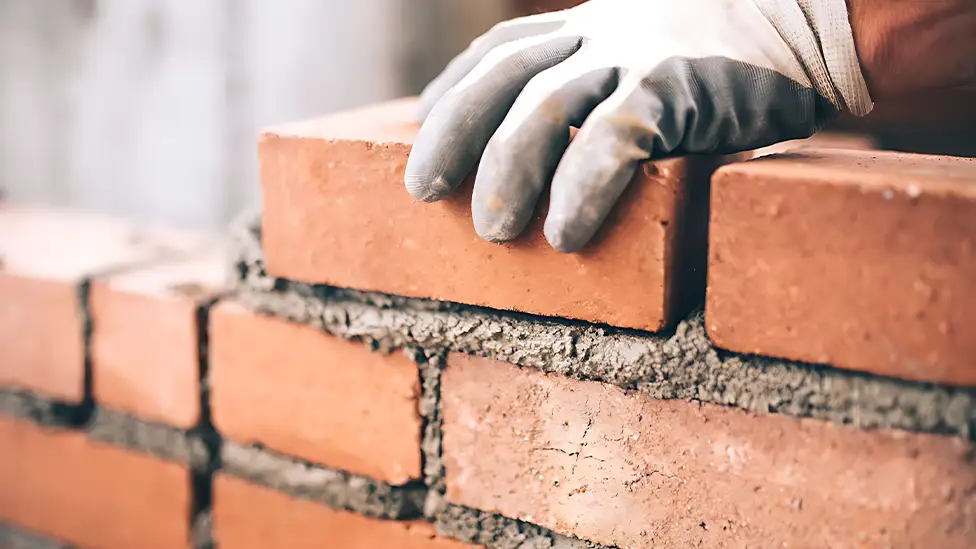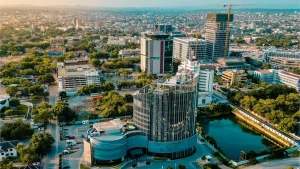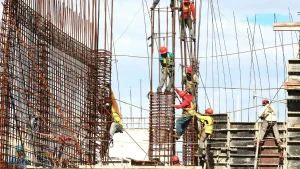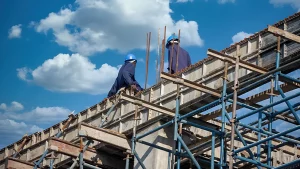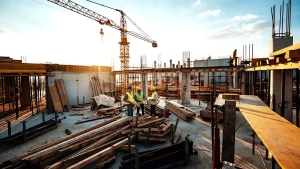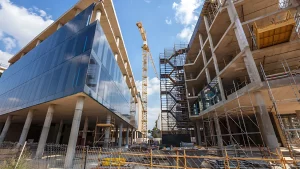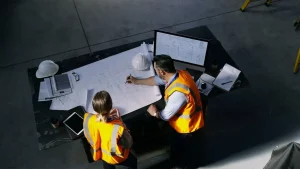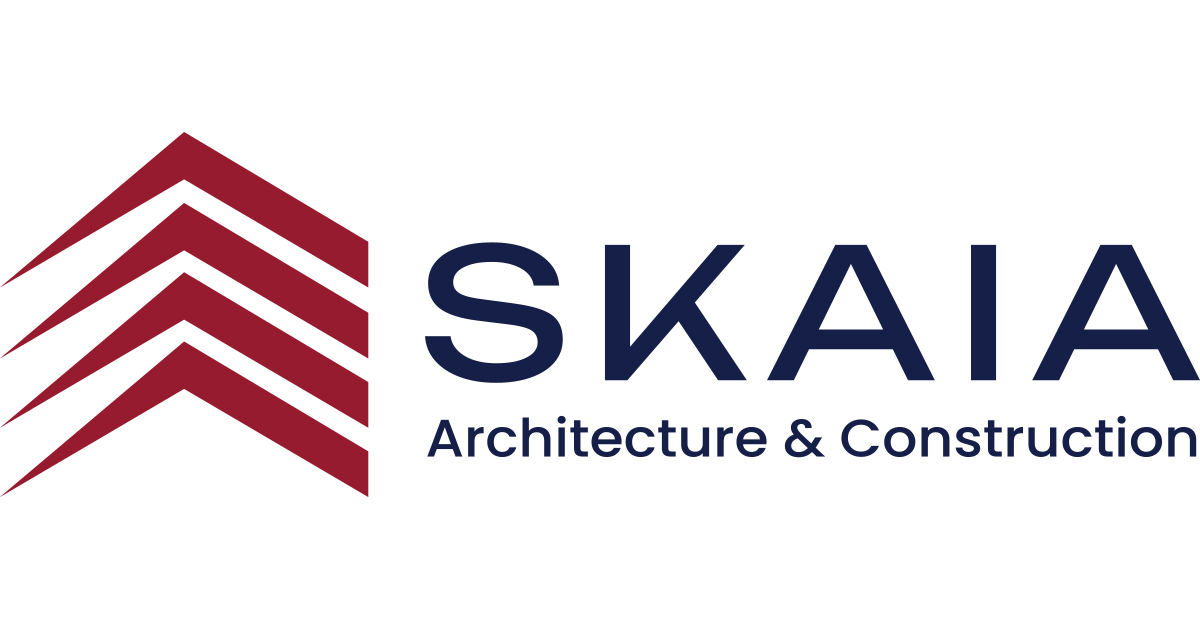The Economic Implications of Using Local Materials
One cannot discuss the impact of local materials in house building without addressing the economic benefits that come with it. Local Materials in Ghana House Building have become a cornerstone in sustainable construction, offering both environmental benefits and a touch of authenticity to modern Ghanaian homes.
Cost-Effectiveness
Local materials, by virtue of their availability, often come at a fraction of the cost of imported alternatives. This cost-effectiveness means that house-building companies in Ghana can offer competitive prices, making housing more affordable for the average Ghanaian. This not only boosts the housing market but also has positive ripple effects on the economy. With more people able to afford homes, there’s an increase in homeownership, which often leads to increased community development and stability1.
Job Creation
The emphasis on local materials has led to a surge in jobs. From the extraction and processing of these materials to their transportation and eventual use in construction, numerous job opportunities have been created. This has provided livelihoods for thousands, reducing unemployment rates and contributing to the nation’s GDP2.
Environmental Benefits of Local Materials
The use of local materials is not just an economic decision; it’s an environmental one.
Reduced Carbon Footprint
Transporting materials across continents results in significant carbon emissions. By sourcing materials locally, house-building companies in Ghana drastically reduce the carbon footprint of their projects. This commitment to sustainability is crucial in today’s world, where the effects of climate change are becoming increasingly evident.
Sustainable Harvesting
Many local materials, like bamboo, are renewable. Bamboo, for instance, grows rapidly and can be harvested without causing deforestation. By opting for such materials, the construction industry in Ghana is ensuring that they’re not depleting the country’s natural resources4.
The Socio-Cultural Significance of Local Materials
Beyond the economic and environmental benefits, there’s a socio-cultural aspect to consider.
Preserving Cultural Heritage
Using local materials is a nod to Ghana’s rich architectural heritage. Traditional Ghanaian homes, made using local materials, are not just structures; they tell stories of the past, of communities and families. By continuing to use these materials, modern homes in Ghana are preserving a piece of history, ensuring that future generations have a tangible connection to their roots5.
Community Involvement
When house-building companies source materials locally, they often involve the community in the process. This fosters a sense of ownership and pride among the locals. They’re not just passive observers; they’re active participants in shaping the urban landscape6.
Challenges and the Way Forward
While there are numerous benefits to using local materials, there are challenges too.
Quality Control
Ensuring consistent quality can be challenging, especially when dealing with natural materials that can vary in properties. However, with advancements in technology and research, methods are being developed to standardize and enhance the quality of local materials7.
Balancing Tradition and Modernity
As Ghana strides into the future, there’s a delicate balance to maintain. How does one incorporate modern amenities and technologies while using traditional materials? This challenge, however, is also an opportunity for innovation, pushing architects and builders to think outside the box8.
The Role of Research and Development in Promoting Local Materials
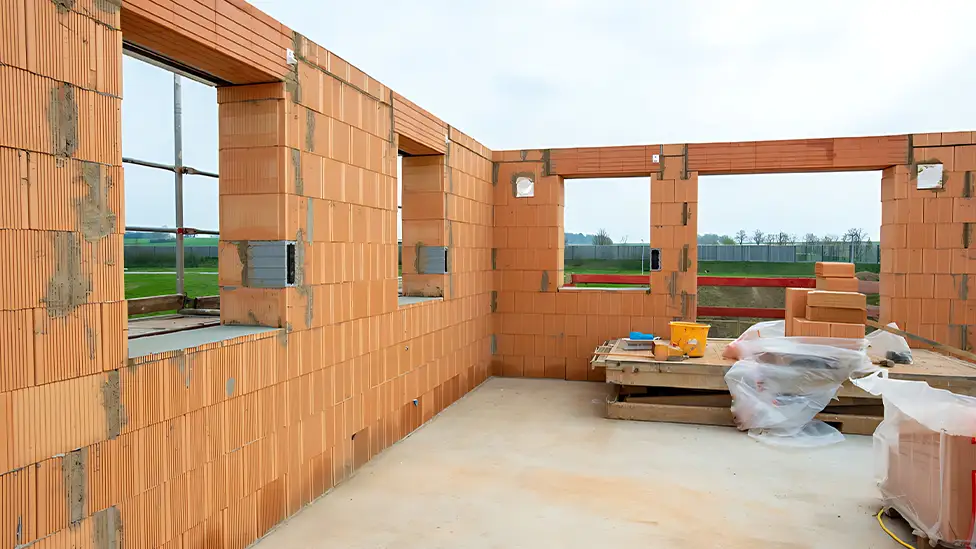
The success of local materials in Ghana’s house-building industry is not just a result of tradition but also of continuous research and development.
Material Enhancement
While local materials have been used for centuries, modern-day requirements necessitate that these materials meet certain standards. Research institutions in Ghana are continuously working on enhancing the properties of local materials, making them more durable, weather-resistant, and adaptable to modern architectural designs1.
Training and Skill Development
Using local materials requires specialized skills. To ensure that the construction workforce is equipped to work with these materials, training programs are being developed. These programs not only focus on traditional building techniques but also introduce modern methods that make the construction process more efficient2.
The Global Perspective on Local Materials
Ghana’s emphasis on local materials is in line with a global trend towards sustainable and culturally relevant architecture.
Learning from Global Best Practices
Countries around the world are recognizing the value of local materials. From the mud houses of Mali to the bamboo structures of Indonesia, there’s a global movement towards sustainable architecture. Ghana can learn from these global best practices, adapting them to the local context.
Ghana as a Model
Conversely, Ghana’s success with local materials can serve as a model for other countries. The way Ghanaian house-building companies have seamlessly blended tradition with modernity can inspire architects and builders worldwide4.
The Future of Local Materials in Ghana’s Construction Industry
As we look to the future, it’s evident that local materials will continue to play a pivotal role in Ghana’s construction industry.
Innovation in Material Use
The next decade will see even more innovations in how local materials are used. With advancements in technology, we can expect to see local materials being used in ways that were previously unimaginable5.
Policy and Regulation
The Ghanaian government is likely to introduce policies and regulations that further promote the use of local materials. This could include incentives for house-building companies that prioritize local materials and stricter regulations on imports6.
Conclusion
The story of local materials in Ghana’s house-building industry is one of resilience, innovation, and hope. It’s a testament to the nation’s ability to honour its past while boldly forging ahead into the future. As more research is conducted and more innovations are introduced, the role of local materials in shaping Ghana’s skyline will only become more prominent.


